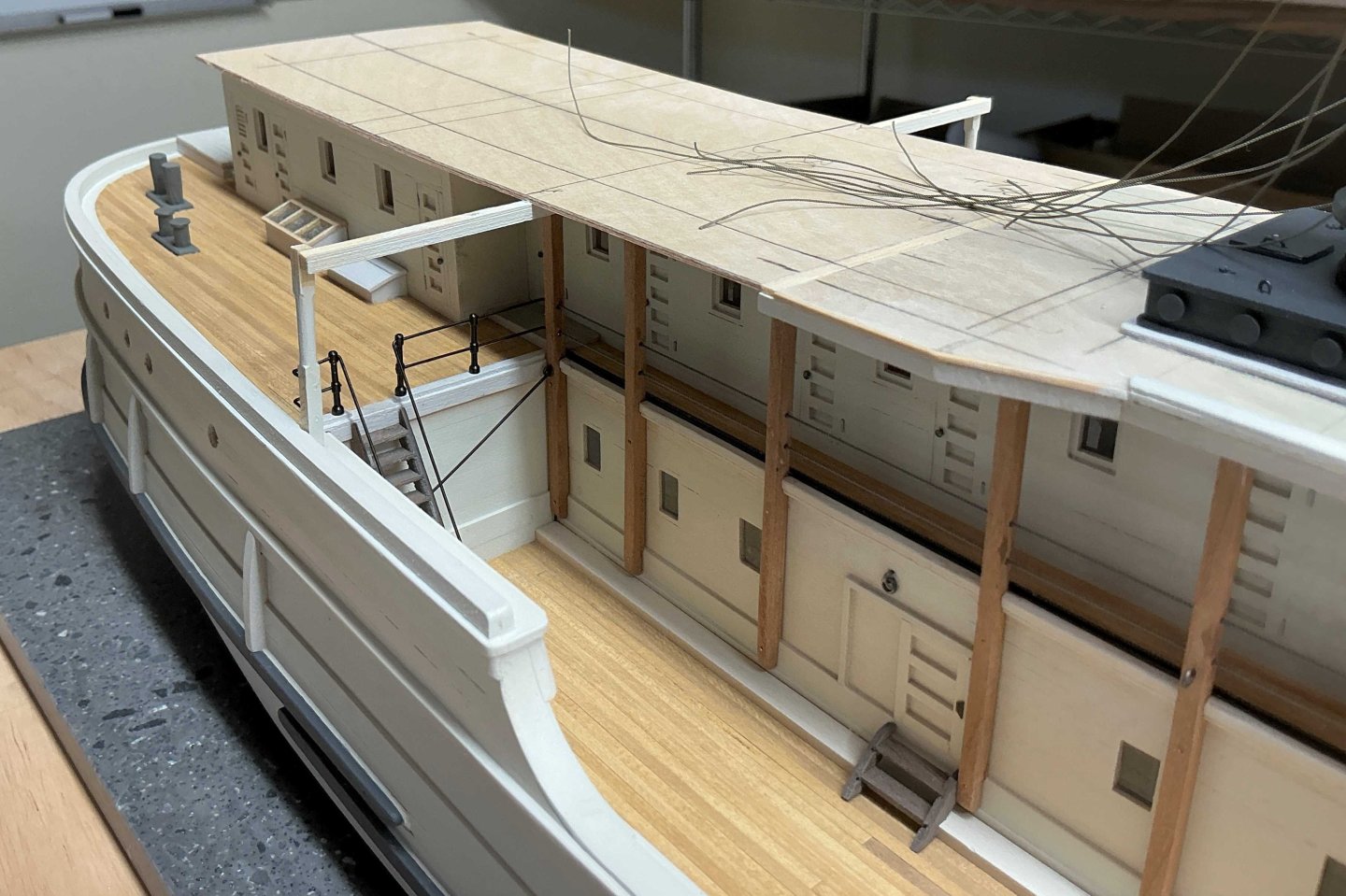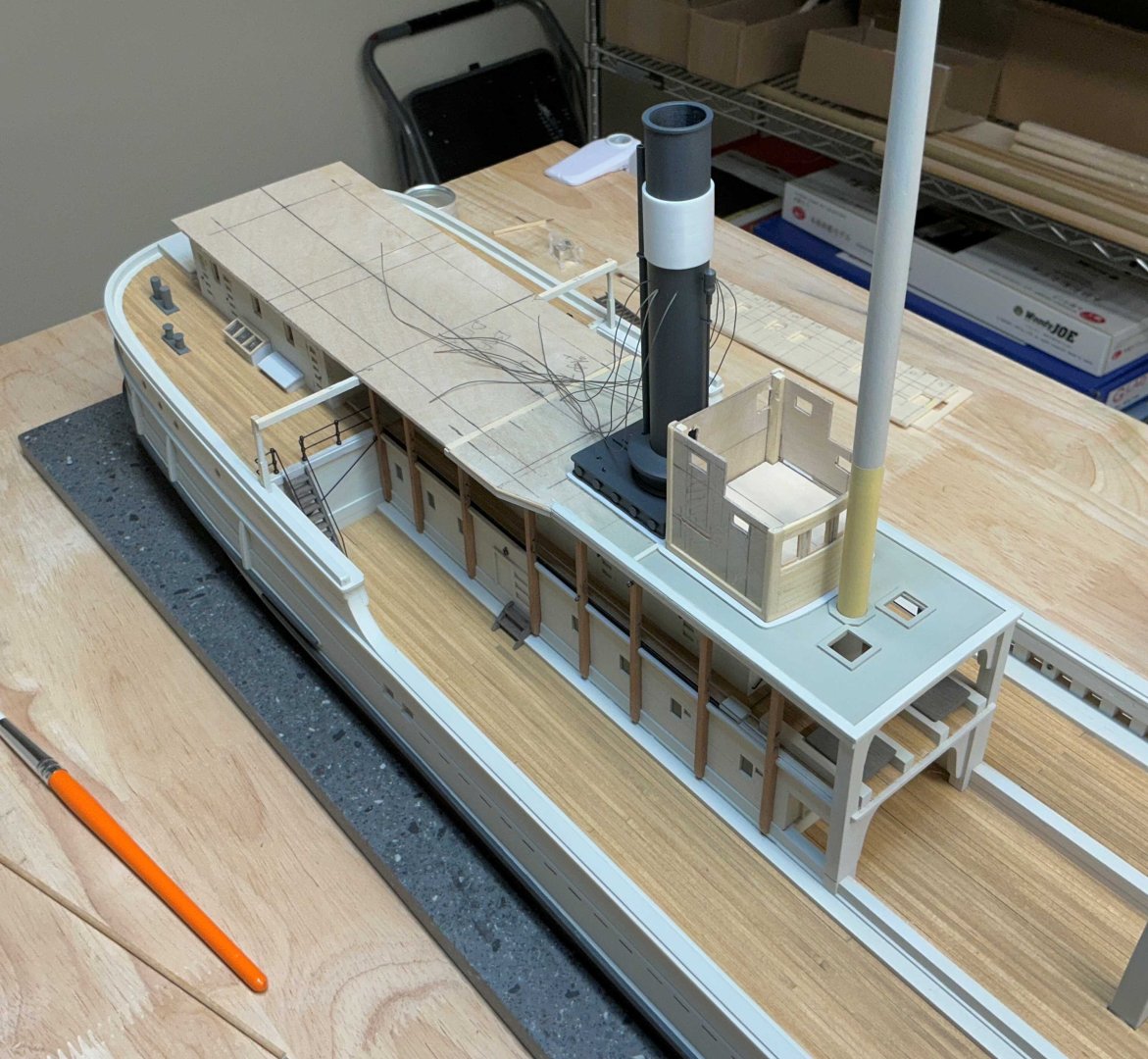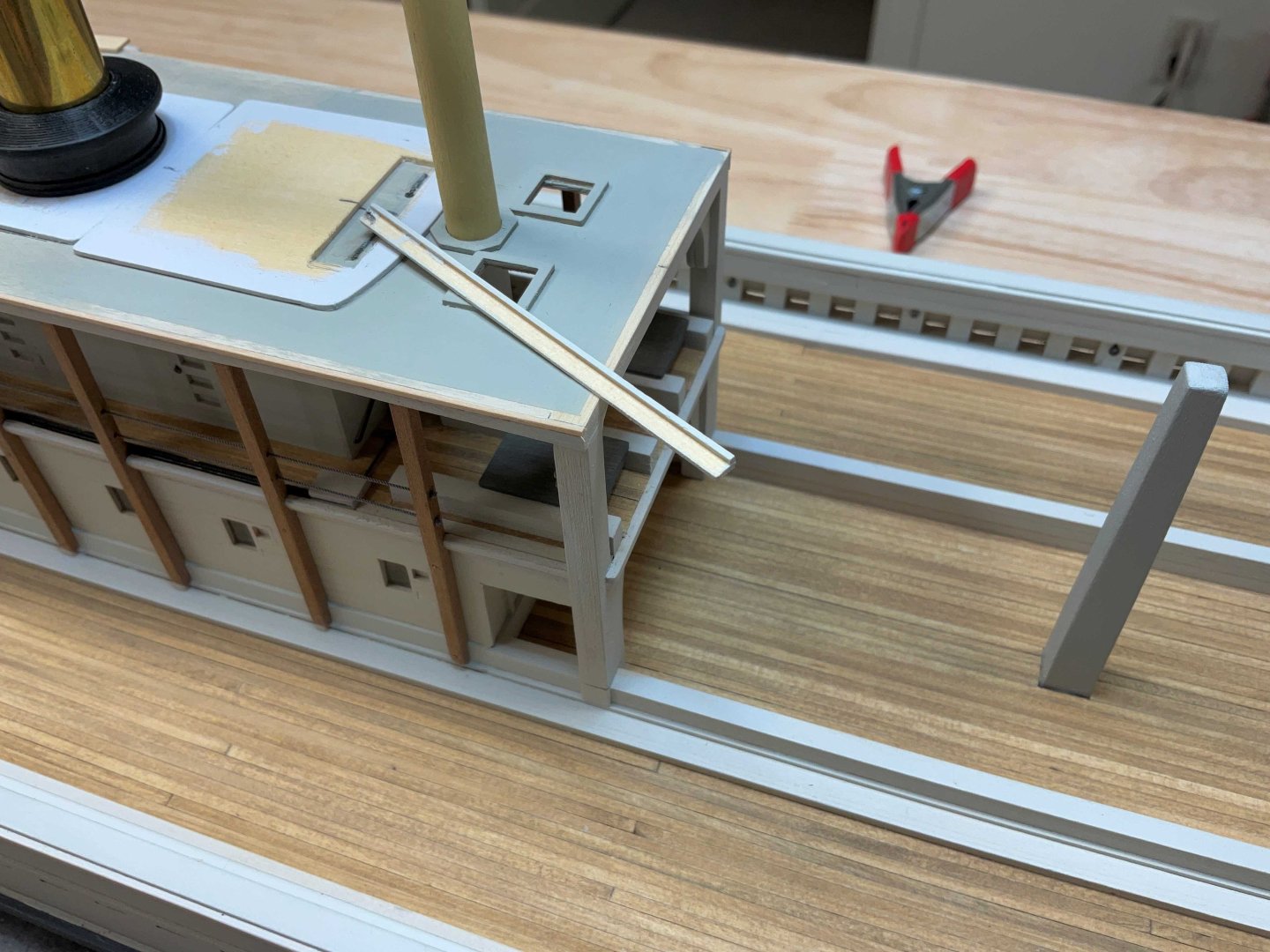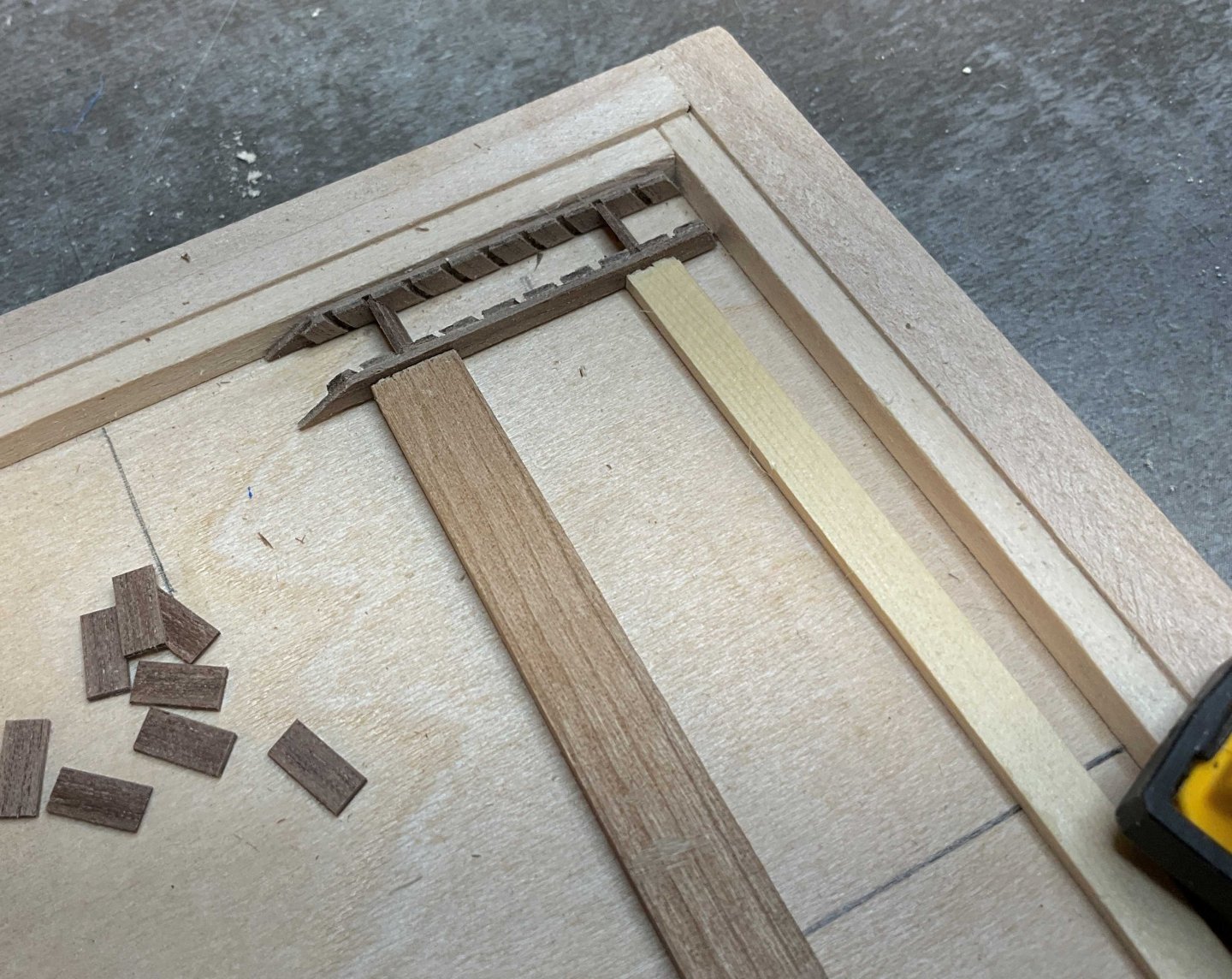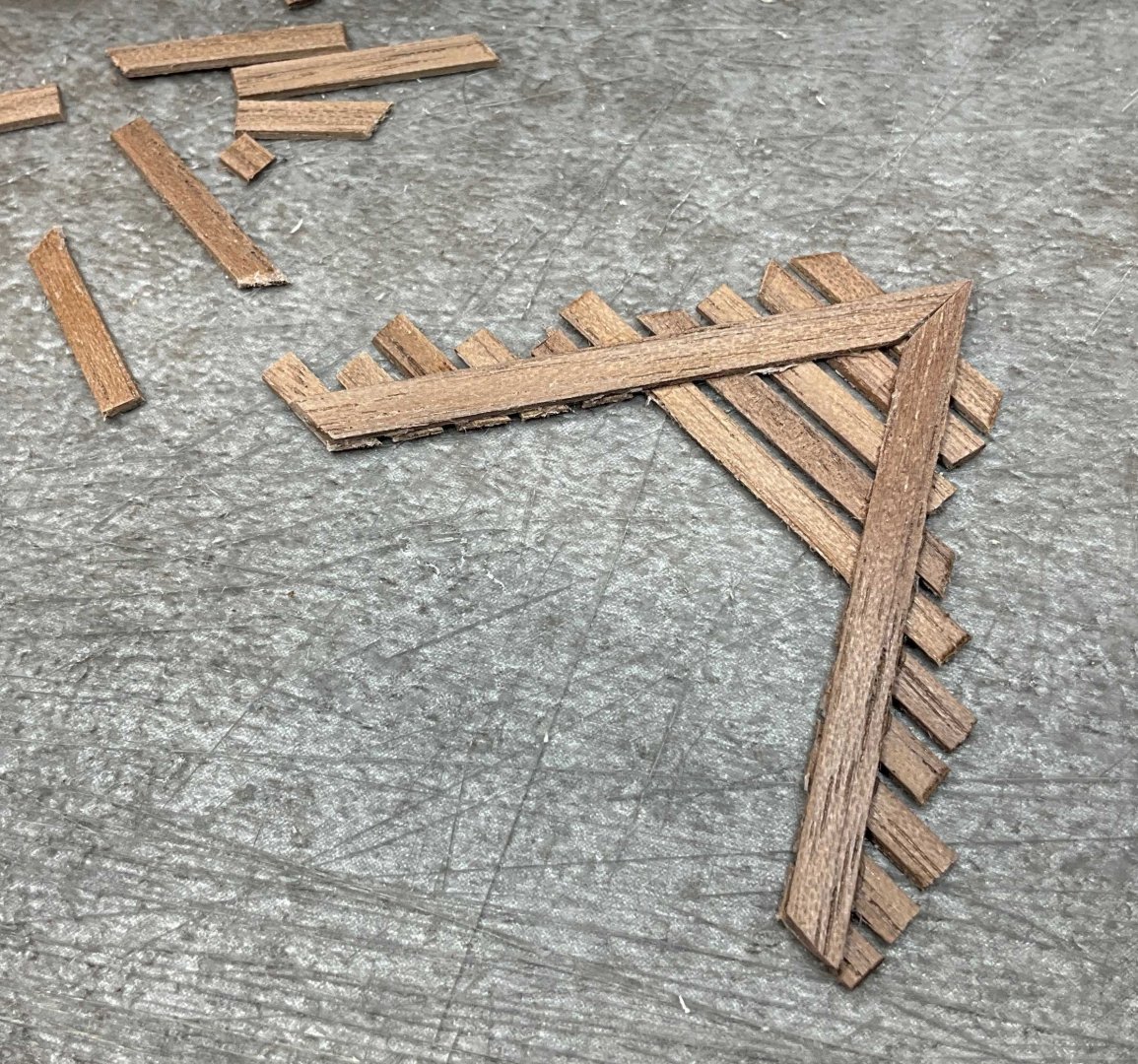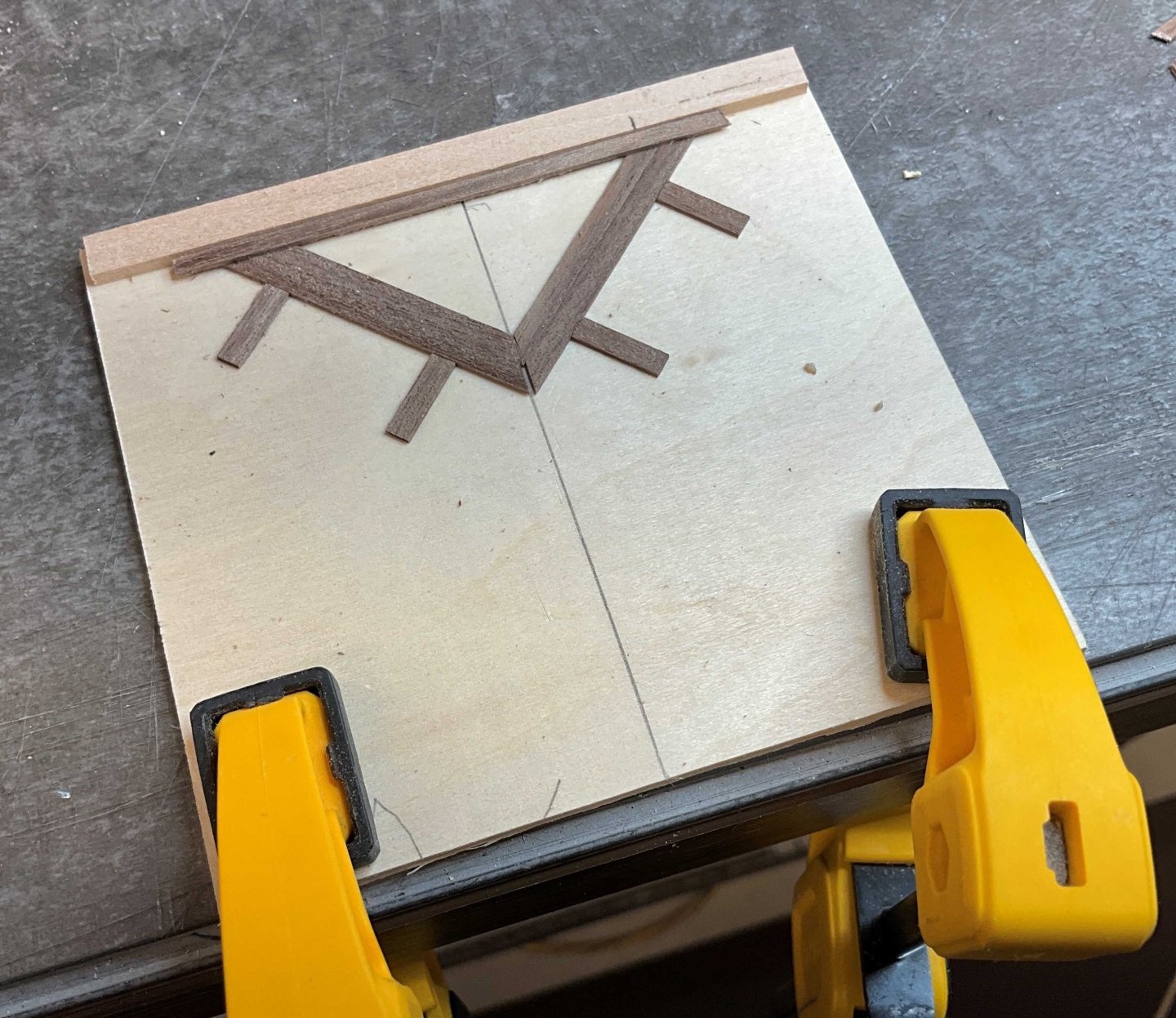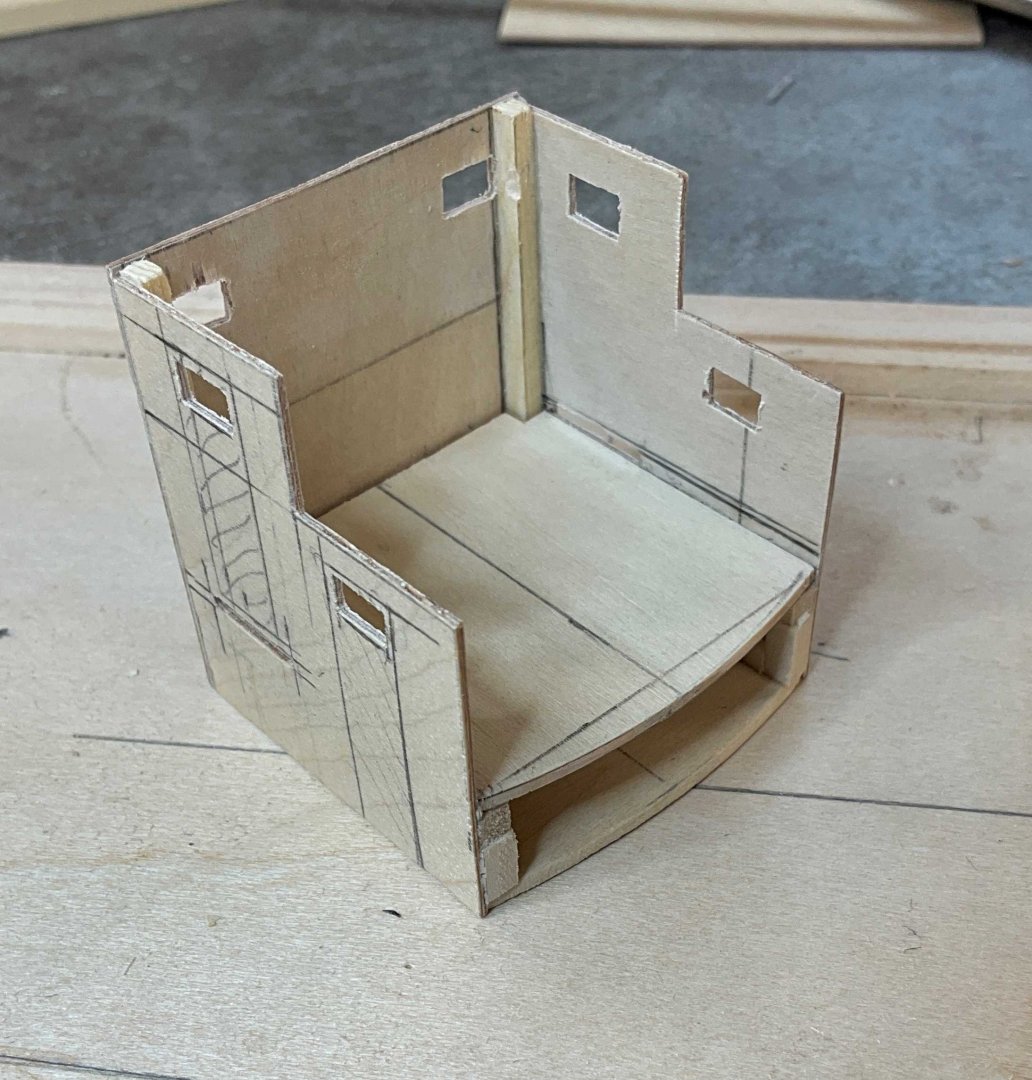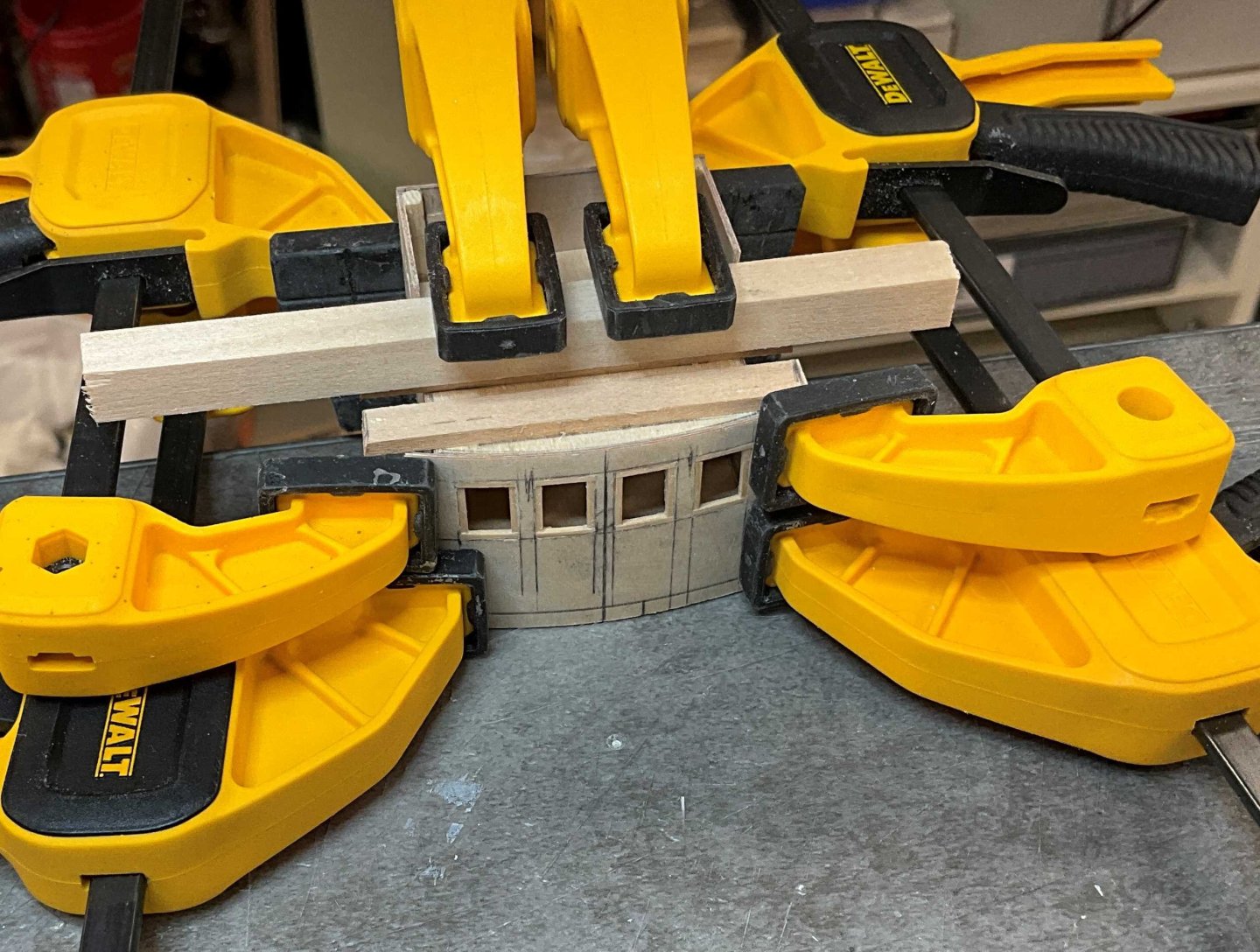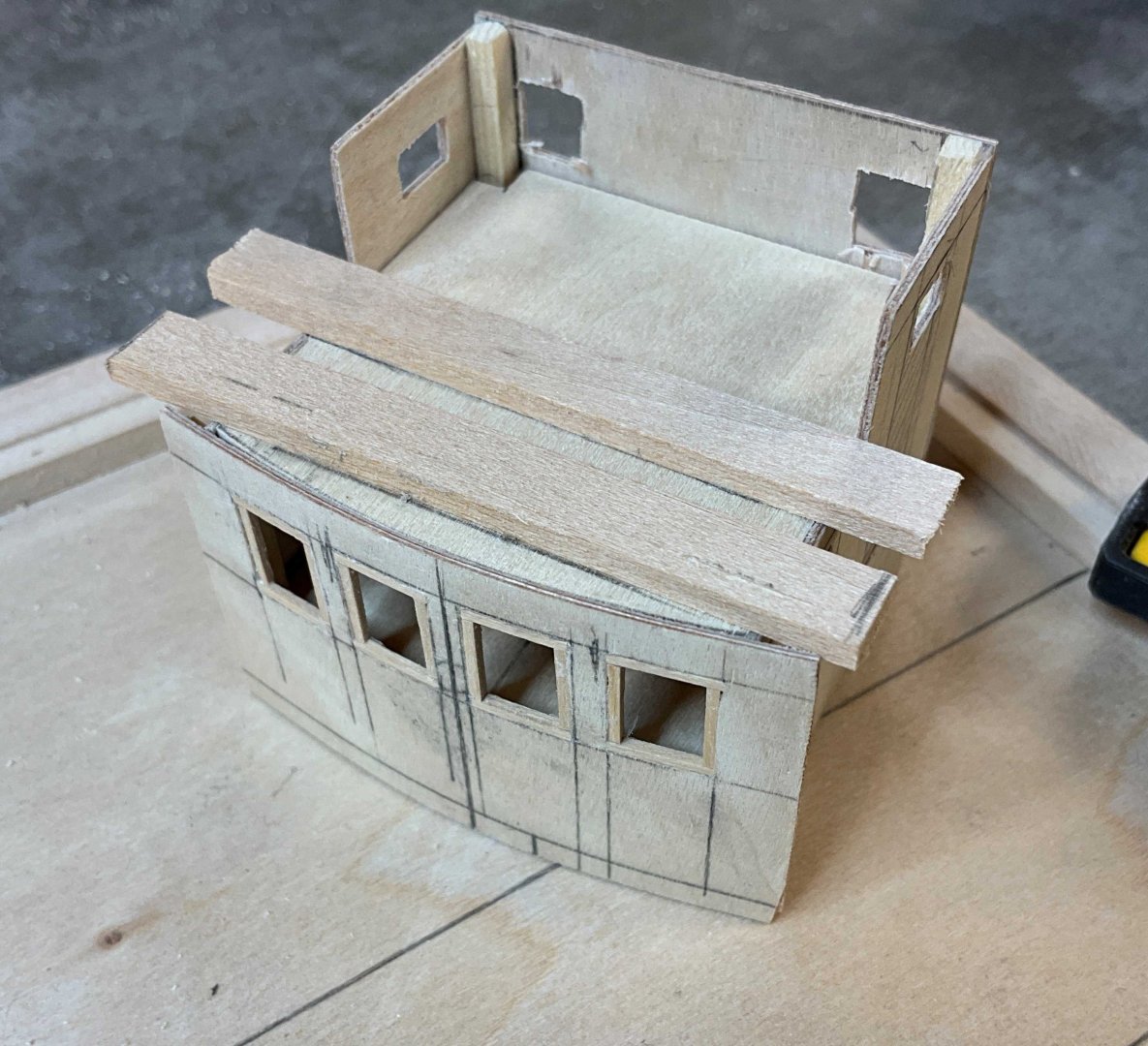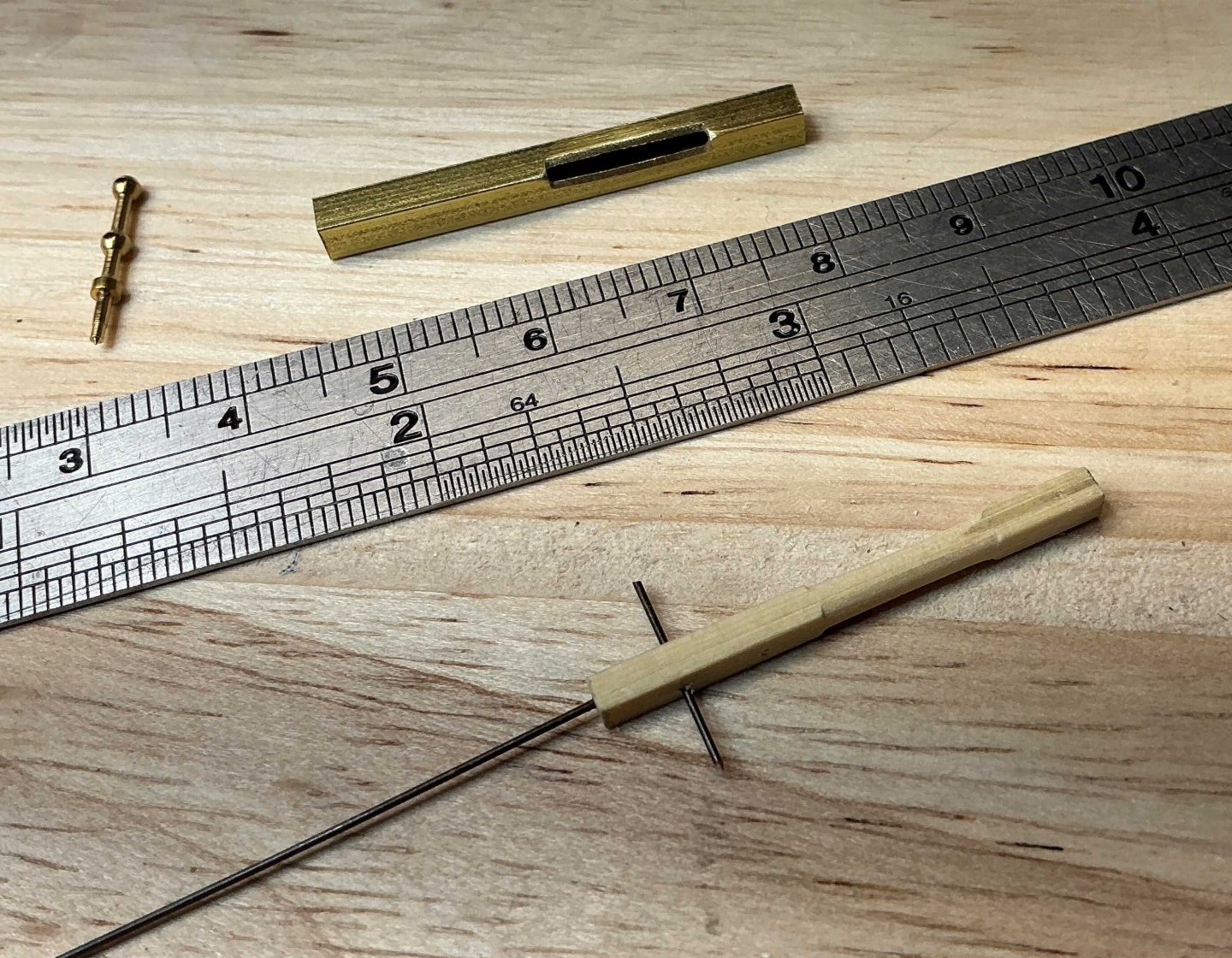
Paul Le Wol
NRG Member-
Posts
1,021 -
Joined
-
Last visited
About Paul Le Wol

Profile Information
-
Location
Mount Hope, Ontario
Recent Profile Visitors
The recent visitors block is disabled and is not being shown to other users.
-
 Paul Le Wol reacted to a post in a topic:
USF Essex 1799 by RossR - Model Shipways - 1:76
Paul Le Wol reacted to a post in a topic:
USF Essex 1799 by RossR - Model Shipways - 1:76
-
 Paul Le Wol reacted to a post in a topic:
USS Constitution by Herbert Heger
Paul Le Wol reacted to a post in a topic:
USS Constitution by Herbert Heger
-
 Paul Le Wol reacted to a post in a topic:
USS Constitution by Herbert Heger
Paul Le Wol reacted to a post in a topic:
USS Constitution by Herbert Heger
-
 Paul Le Wol reacted to a post in a topic:
USS Constitution by Herbert Heger
Paul Le Wol reacted to a post in a topic:
USS Constitution by Herbert Heger
-
 Paul Le Wol reacted to a post in a topic:
Il Trabaccolo by François de Saint Nazaire - MarisStella - 1:32
Paul Le Wol reacted to a post in a topic:
Il Trabaccolo by François de Saint Nazaire - MarisStella - 1:32
-
 Keith Black reacted to a post in a topic:
Libertad 1925 by Valeriy V - Scale 1:100 - Spanish Type F Light Cruiser
Keith Black reacted to a post in a topic:
Libertad 1925 by Valeriy V - Scale 1:100 - Spanish Type F Light Cruiser
-
 Valeriy V reacted to a post in a topic:
Libertad 1925 by Valeriy V - Scale 1:100 - Spanish Type F Light Cruiser
Valeriy V reacted to a post in a topic:
Libertad 1925 by Valeriy V - Scale 1:100 - Spanish Type F Light Cruiser
-
 Paul Le Wol reacted to a post in a topic:
Libertad 1925 by Valeriy V - Scale 1:100 - Spanish Type F Light Cruiser
Paul Le Wol reacted to a post in a topic:
Libertad 1925 by Valeriy V - Scale 1:100 - Spanish Type F Light Cruiser
-
 Paul Le Wol reacted to a post in a topic:
Ranger type yacht by Mark Pearse - 1:12 - SMALL
Paul Le Wol reacted to a post in a topic:
Ranger type yacht by Mark Pearse - 1:12 - SMALL
-
 Paul Le Wol reacted to a post in a topic:
USCGC STORIS 1942 by Harvey Golden - 1/192 scale
Paul Le Wol reacted to a post in a topic:
USCGC STORIS 1942 by Harvey Golden - 1/192 scale
-
 Paul Le Wol reacted to a post in a topic:
USCGC STORIS 1942 by Harvey Golden - 1/192 scale
Paul Le Wol reacted to a post in a topic:
USCGC STORIS 1942 by Harvey Golden - 1/192 scale
-
 Paul Le Wol reacted to a post in a topic:
Kawasaki Ki-61 Hien "Tony" by ccoyle - Halinski/Kartonowy Arsenal - 1/33 - CARD
Paul Le Wol reacted to a post in a topic:
Kawasaki Ki-61 Hien "Tony" by ccoyle - Halinski/Kartonowy Arsenal - 1/33 - CARD
-
 Canute reacted to a post in a topic:
Billy 1938 by Keith Black - 1:120 Scale - Homemade Sternwheeler
Canute reacted to a post in a topic:
Billy 1938 by Keith Black - 1:120 Scale - Homemade Sternwheeler
-
 thibaultron reacted to a post in a topic:
Billy 1938 by Keith Black - 1:120 Scale - Homemade Sternwheeler
thibaultron reacted to a post in a topic:
Billy 1938 by Keith Black - 1:120 Scale - Homemade Sternwheeler
-
 Glen McGuire reacted to a post in a topic:
Billy 1938 by Keith Black - 1:120 Scale - Homemade Sternwheeler
Glen McGuire reacted to a post in a topic:
Billy 1938 by Keith Black - 1:120 Scale - Homemade Sternwheeler
-
 Keith Black reacted to a post in a topic:
Billy 1938 by Keith Black - 1:120 Scale - Homemade Sternwheeler
Keith Black reacted to a post in a topic:
Billy 1938 by Keith Black - 1:120 Scale - Homemade Sternwheeler
-
 Cathead reacted to a post in a topic:
NRG Capstan Project by JacquesCousteau - 1:32
Cathead reacted to a post in a topic:
NRG Capstan Project by JacquesCousteau - 1:32
-
 robert952 reacted to a post in a topic:
NRG Capstan Project by JacquesCousteau - 1:32
robert952 reacted to a post in a topic:
NRG Capstan Project by JacquesCousteau - 1:32
-
 JacquesCousteau reacted to a post in a topic:
NRG Capstan Project by JacquesCousteau - 1:32
JacquesCousteau reacted to a post in a topic:
NRG Capstan Project by JacquesCousteau - 1:32
-
Good looking parts Jacques and what a wonderful gift!
- 24 replies
-
- NRG Capstan
- NRG
-
(and 1 more)
Tagged with:
-
 Keith Black reacted to a post in a topic:
Caroline N by mbp521 - FINISHED - Scale 1:64 - Mississippi River Towboat
Keith Black reacted to a post in a topic:
Caroline N by mbp521 - FINISHED - Scale 1:64 - Mississippi River Towboat
-
Hi Everyone, figured I would get one more update in before the end of the year. Thank you for all of your Comments and Likes. The covering boards were started probably in an attempt to delay working on the four ladders and three sets of steps. A 1/32" x 1/32" strip of wood was glued to a 1/32" x 1/8" strip and painted before attaching. Once I had gone as far as possible with the covering boards I started on the ladders that are made from 1/32" x 1/8" walnut. A jig was made to hold the stringers and then the riser planks which were cut to around 3/32" wide were attached using a 1/32" strip as a spacer. After they were assembled they were given a dark grey wash. The iron casing for the stack was made and the deadlights were attached using a properly spaced template. The deadlights were cut from 1/8" styrene rod using the Slicer. I was going to use brass tube for the stack but couldn't find anything to make the band. I decided to give Tinkercad a try. I found it to be a fun experience and ended up subbing out some STL files to a friend with a printer. I think they came out pretty good after some cleanup. The wheelhouse was assembled using 1/32" plywood. The window openings are lined with 1/32" x 1/32" boxwood. Now the siding has begun. The hand rails for the ladders up to the cabin deck had to be done in combination with the stanchions that support the boat deck. The stanchions have a fancy turned section in the middle. Mine are not going to be that fancy. A "micro lathe" was made out of a piece of 1/8" square brass tube with a corner filed off the length of the turned section. A piece of 3/32" x 3/32" AYC is slid into the tube and the corner is sanded off at the slot. Then taken out and repeated until all four edges are sanded. They then need a bit of finish sanding. Like other people have found, the store bought brass handrail stanchions needed to be sanded down quite a bit. The next ones will be sanded even more. Now the rest of the boat deck can be framed. Hope to see you in The New Year!
About us
Modelshipworld - Advancing Ship Modeling through Research
SSL Secured
Your security is important for us so this Website is SSL-Secured
NRG Mailing Address
Nautical Research Guild
237 South Lincoln Street
Westmont IL, 60559-1917
Model Ship World ® and the MSW logo are Registered Trademarks, and belong to the Nautical Research Guild (United States Patent and Trademark Office: No. 6,929,264 & No. 6,929,274, registered Dec. 20, 2022)
Helpful Links
About the NRG
If you enjoy building ship models that are historically accurate as well as beautiful, then The Nautical Research Guild (NRG) is just right for you.
The Guild is a non-profit educational organization whose mission is to “Advance Ship Modeling Through Research”. We provide support to our members in their efforts to raise the quality of their model ships.
The Nautical Research Guild has published our world-renowned quarterly magazine, The Nautical Research Journal, since 1955. The pages of the Journal are full of articles by accomplished ship modelers who show you how they create those exquisite details on their models, and by maritime historians who show you the correct details to build. The Journal is available in both print and digital editions. Go to the NRG web site (www.thenrg.org) to download a complimentary digital copy of the Journal. The NRG also publishes plan sets, books and compilations of back issues of the Journal and the former Ships in Scale and Model Ship Builder magazines.


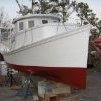
.thumb.jpg.7ce692df1d4f3ed3d2c42ee92c22ae1b.jpg)
.thumb.jpg.bedb744637b67021afaea55dcfb4d3ca.jpg)
.thumb.jpg.ca224462cd870873f644d91f3a8a873c.jpg)
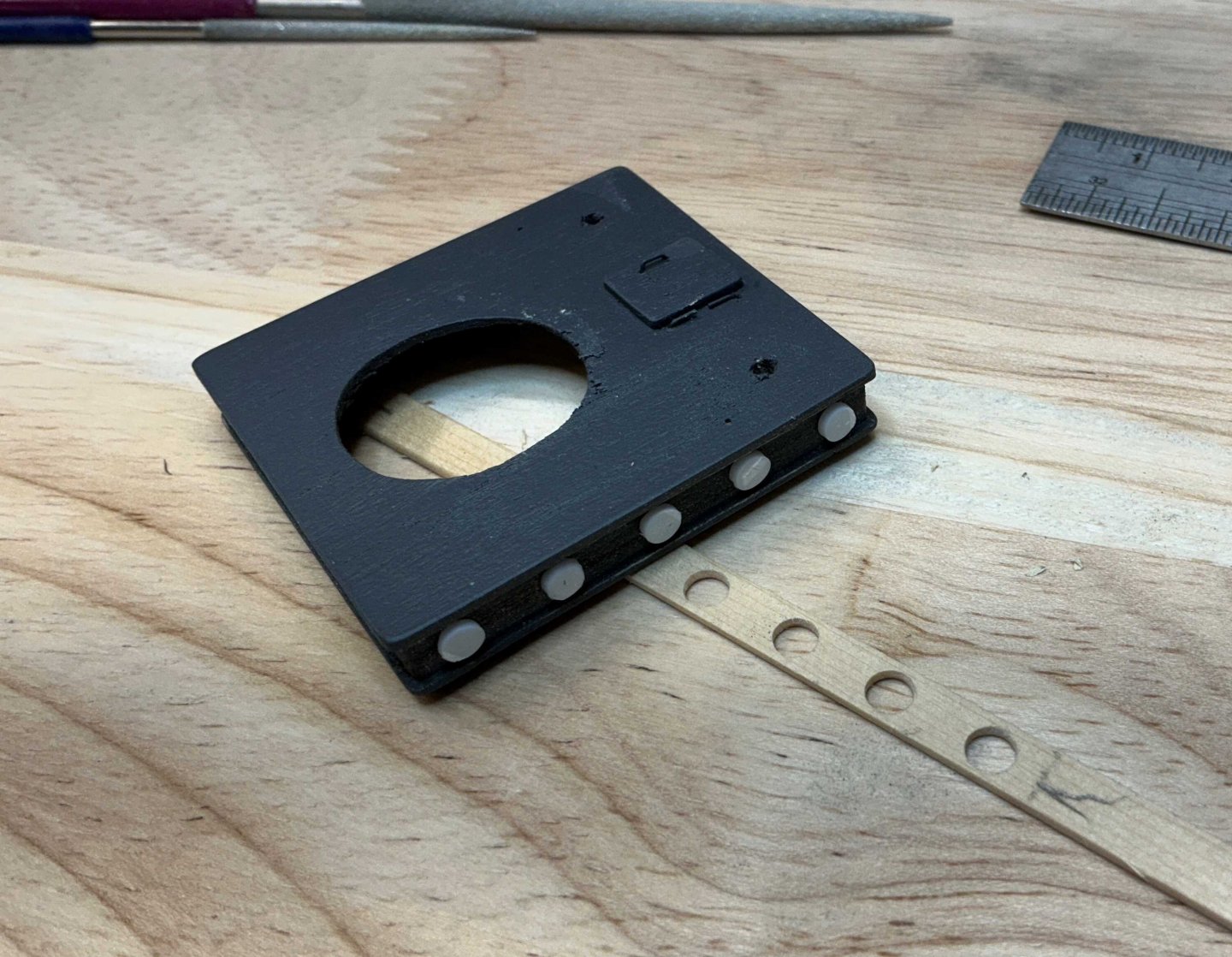
.thumb.jpg.15b9c0e2e10471d765f63daf85b07966.jpg)
.thumb.jpg.7914403ae6c2ca0a71988c506db72248.jpg)
